The presentation and discussion of the book “Broken Shield: A Comprehensive Analysis of the 44-Day Artsakh War” took place on March 28, 2025.
The book was published by Newmag with the support of the Calouste Gulbenkian Foundation. The book, edited by Vicken Cheterian, features articles by 17 Armenian and international authors.
Artak Aleksanyan, CEO of Newmag Publishing
The broken shield became the breaking of our national resistance. Artsakh was the shield that held Armenia together. This is our greatest defeat in the last hundred years. We must rethink and understand what happened to us.
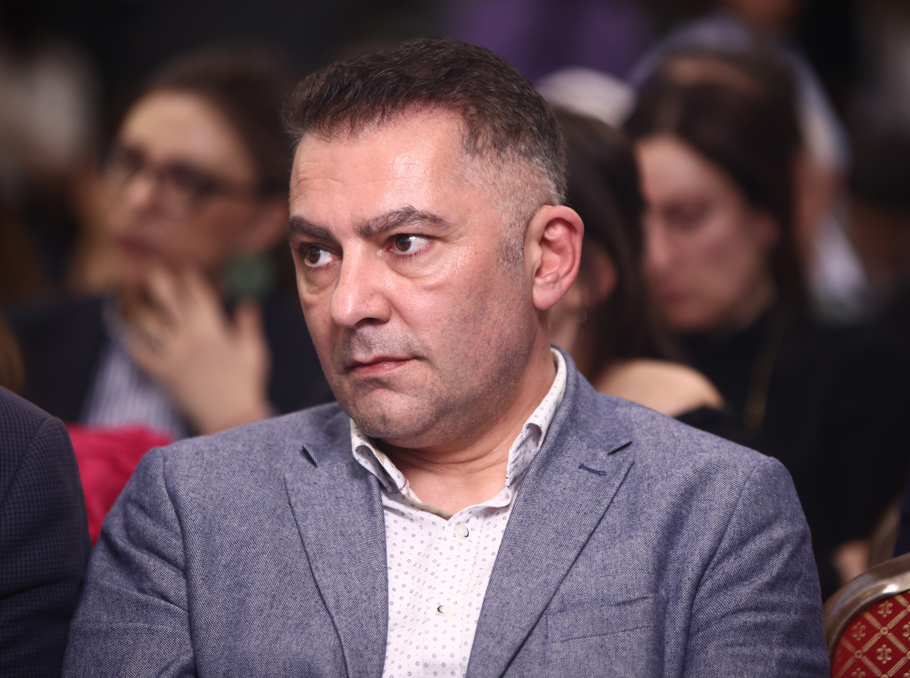 Artak Aleksanyan
Artak AleksanyanPhoto: Mediamax
The conversation about the war is just starting, and I think it is really happening, even though very slowly and in the conditions of silence of the responsible parties.
Put our minds together to understand what happened
The discussion was moderated by historian-internationalist, CivilNet Editor-in-chief Karen Harutyunyan, who is the coordinating editor of the book.
The authors of the book examine Armenia’s defeat in the 2020 war, the events and the developments preceding it.
Karen Harutyunyan
This is the fourth book dedicated to Karabakh I am working on. This year we published another one, called “Defeat / The 2020 Artsakh War: Realities and Consequences.”
 Karen Harutyunyan
Karen HarutyunyanPhoto: Mediamax
As you leaf through the “The Broken Shield,” you realize how much could have been done differently.
Oral review of the book
Vahram Ter-Matevosyan, Professor at American University of Armenia
This book is, to date, the most comprehensive work dedicated to the Artsakh conflict. The common thread running through all 17 articles is that we have found ourselves in diplomatic isolation, that we, as a state, made big mistakes in the process of state building.
 Vahram Ter-Matevosyan
Vahram Ter-MatevosyanPhoto: Mediamax
The book focuses on five major topics: the first is Armenia, Armenia’s foreign and domestic relations, the Diaspora; the second is military-political, the third is the entire Turkey-Azerbaijan framework, the fourth is diplomacy and Russia, and the last one is cultural heritage, human rights.
From the idea of unification to defeat: the evolution of discourse
Naira Sahakyan, author of the article “Armenia’s official discourse on the Karabakh conflict: 1988-2020”
The research is based on the speeches of Armenian statesmen. In 1988, when the Karabakh movement began, the main idea in Levon Ter-Petrosyan’s speeches was unification. Since 1991, when we were already dealing with the issue of international borders, unification has been replaced by the idea of self-determination. In the 2000s, the main idea became the creation of a democratic state of Artsakh, excluding Artsakh from being part of undemocratic Azerbaijan.
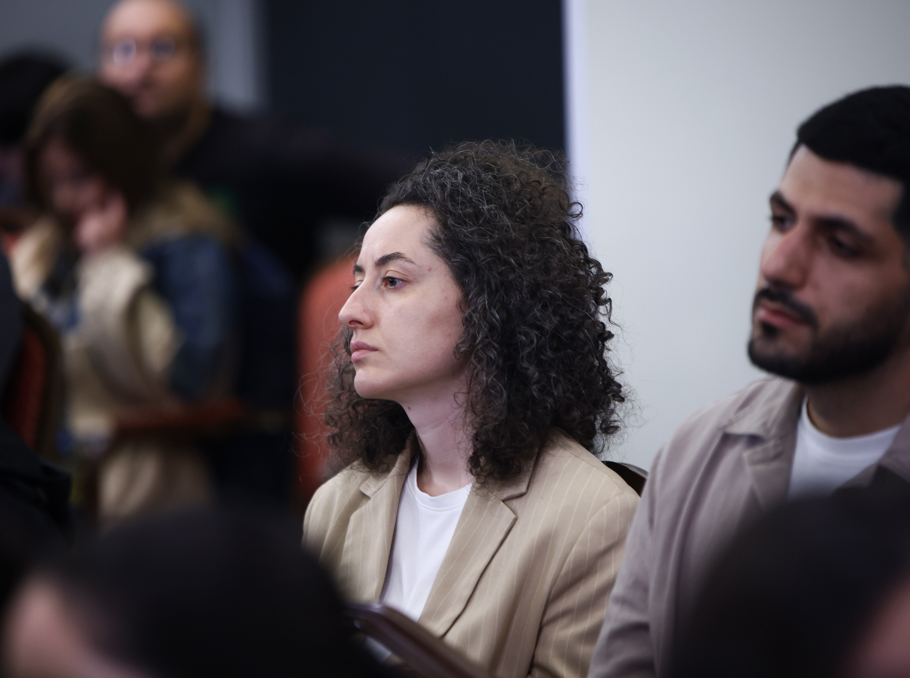
Photo: Mediamax
The negative side which I tried to highlight in the article is that the topic of Artsakh was gradually instrumentalized in the speeches of Armenian leaders and became the main topic of the internal political struggle. As a result, the opposition accused the authorities of resolving the Artsakh issue incorrectly, while the authorities insisted that they were on the right track.
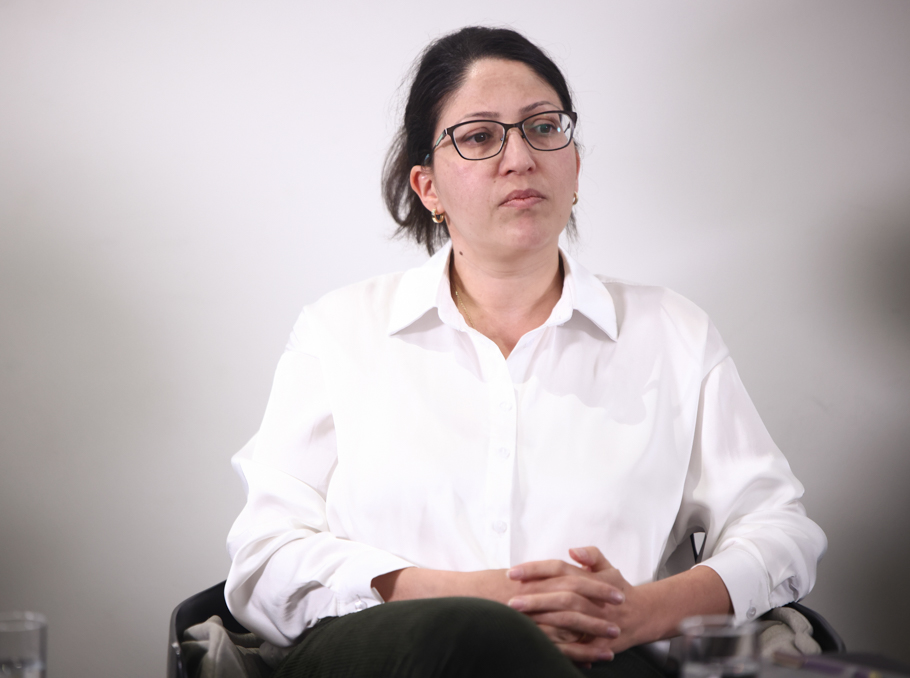 Naira Sahakyan
Naira SahakyanPhoto: Mediamax
Compromises were often mentioned in international speeches, for example, at the UN, but little was said about them for domestic audiences; nice statements were made that eventually led us to a dead end. War was preferable to any compromise.
The same thing happened in Azerbaijan. In 1998, when Azerbaijan held presidential elections, Heydar Aliyev’s speeches showed the same stalemate: hatred and maximalism, which had grown so much that any compromise could lead to the loss of power.
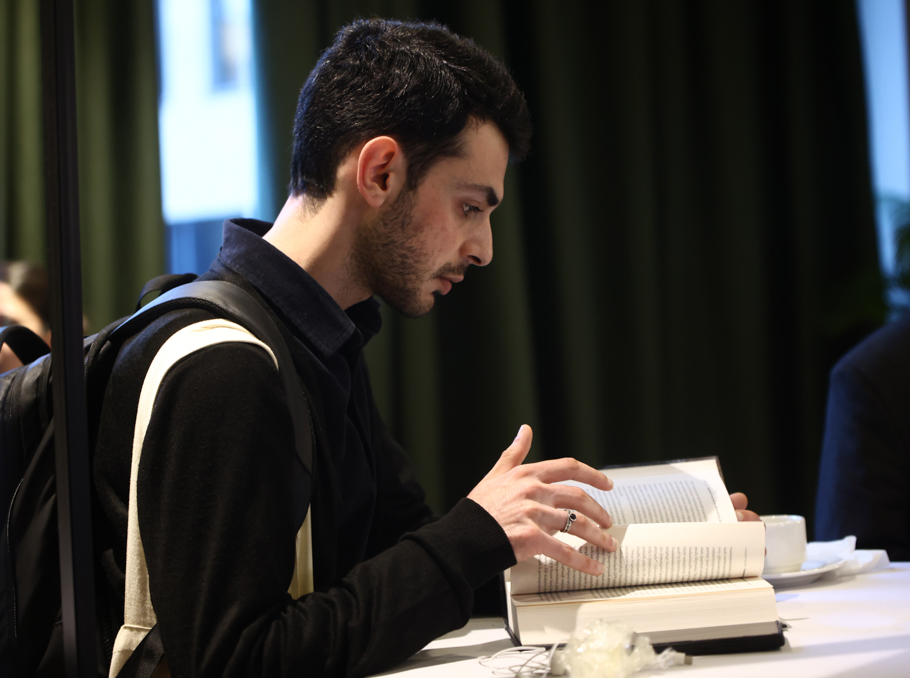
Photo: Mediamax
Had the both sides not instilled these maximalist positions in their society, and had talked more about good neighborly relations, we might have had a much better solution to the issue, and the compromises might not have been so painful.
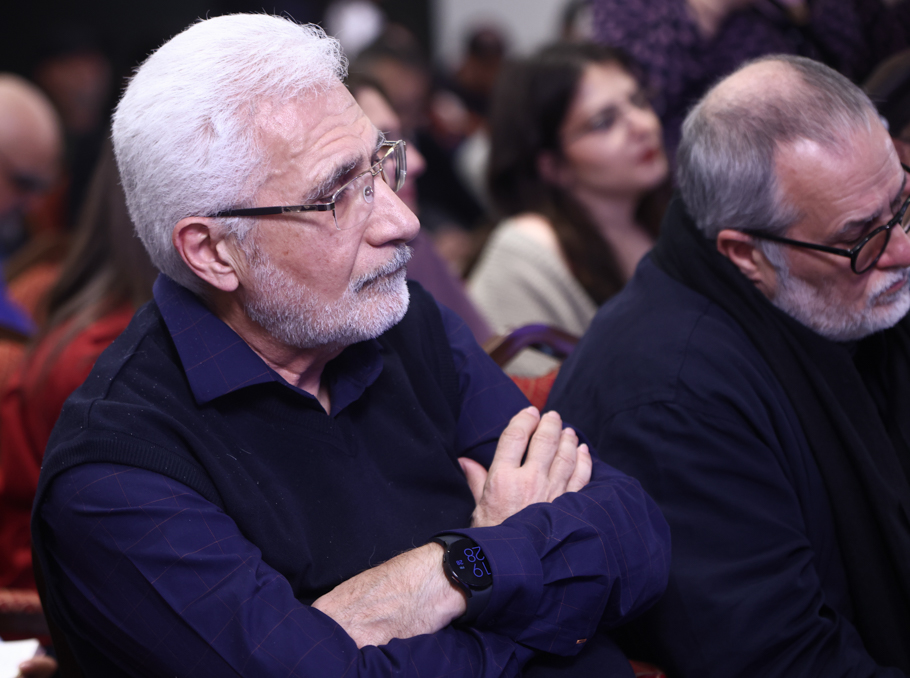 Ashot Voskanyan
Ashot VoskanyanPhoto: Mediamax
The book exposes the analysis of the economic side of the conflict to me. It is my belief that statements often changed depending on the economic and military situation. In order to achieve a good result, the economic and military foundations must be secured in advance.
Unjustified expectations: Russia’s policy in Karabakh
Narek Sukiasyan, author of the article “Russia and Karabakh”
Russia did not intend to resolve the conflict in favor of one of the parties and to the detriment of the other.
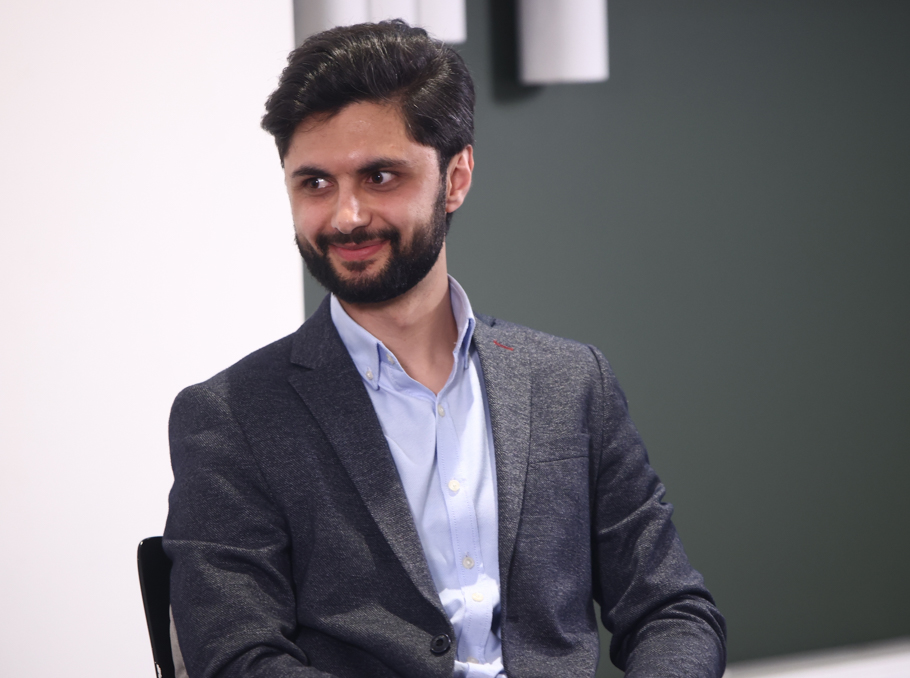 Narek Sukiasyan
Narek SukiasyanPhoto: Mediamax
The traditional assertion that “Russia will come to our rescue” began to change after the April 2016 war. When asked by a journalist: “Did we expect Russia to come to our rescue?”, then President Serzh Sargsyan replied: “There is no harm in dreaming.”
After the revolution, especially after the events in Tavush in July 2020, we thought that Turkey would not get involved in the war. We were confident that the success of the Tavush events could be replicated in a larger war.
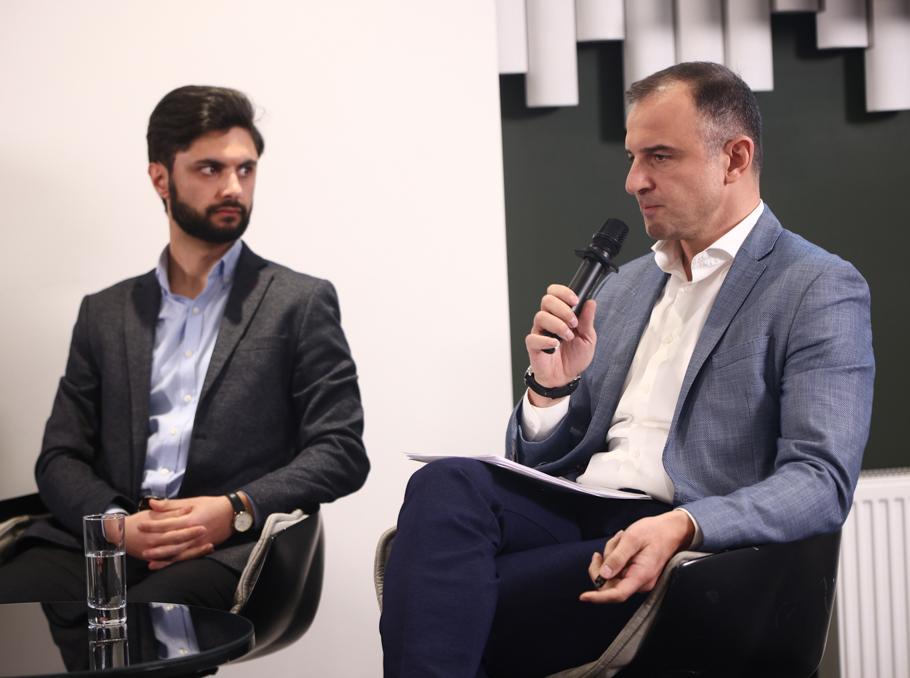 Narek Sukiasyan and Vahram Ter-Matevosyan
Narek Sukiasyan and Vahram Ter-Matevosyan Photo: Mediamax
I approached the article from a theoretical perspective which says that if you have an external threat there are two ways to fight it: either you fight it yourself or look for allies. We were confident that we could resolve this issue on our own.
The role of the drones
Karen Harutyunyan
Two authors address the military topic in the book: Zhirayr Amirkhanyan, who analyzed military reforms in the Armenian army until 2020, and Leonid Nersisyan, who studied the role of unmanned aerial vehicles (drones) in the Artsakh and Russian-Ukrainian wars.

Photo: Mediamax
One of the biggest criticisms directed at the military-political leadership of Armenia is that not only did we not have the appropriate drones, but we were also not prepared for their attacks. Too often we suffered heavy losses due to the lack of decentralization.
Leonid Nersisyan, author of the article “Military performance and failures of the second Karabakh and Russian-Ukrainian wars”
Today, it is much more important that all components - artillery, infantry, tanks, aviation and drones - work together on the battlefield. Azerbaijan quite effectively combined drones with small reconnaissance groups and artillery. This is the approach taken by the parties in the Russian-Ukrainian war, too.
 Leonid Nersisyan
Leonid NersisyanPhoto: Mediamax
During the first months of the Russian-Ukrainian war, when Russia was trying to achieve a quick victory, the use of Bayraktars gave certain results. When Russia switched to a more serious war, it became clear that drones could be shot down by various air defense systems.
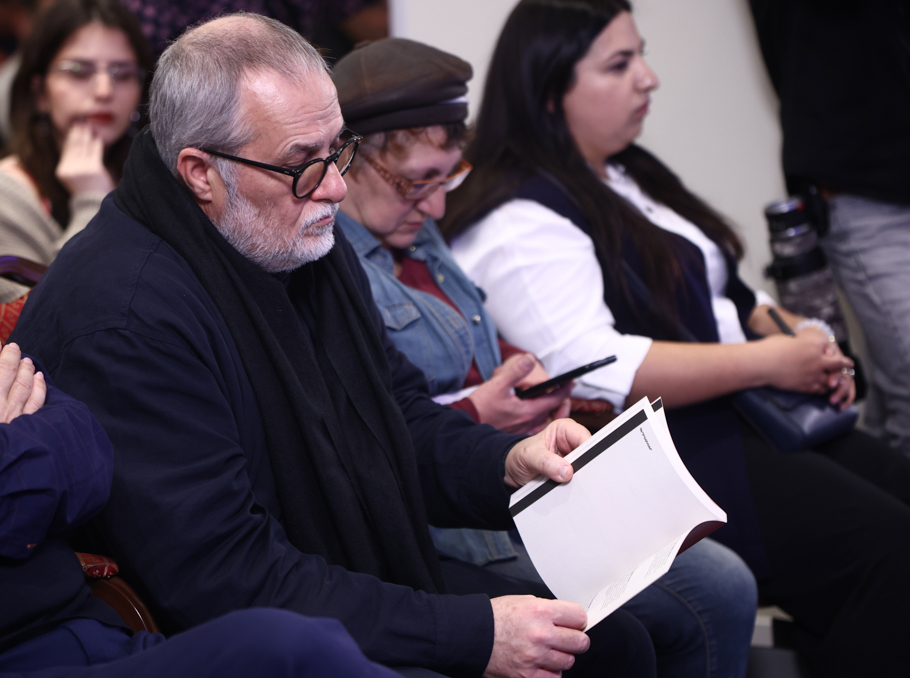
Photo: Mediamax
In the first days of the 2020 war, we suffered very heavy casualties because our air defense systems did not work properly.
Artak Aleksanyan
This is a work that carefully and expertly answers the question: why did we lose? I think the time will come when we will also answer the question: who is to blame?
The English version of the book will be published in London in the fall.
Zhanna Bekiryan
Photos: Emin Aristakesyan









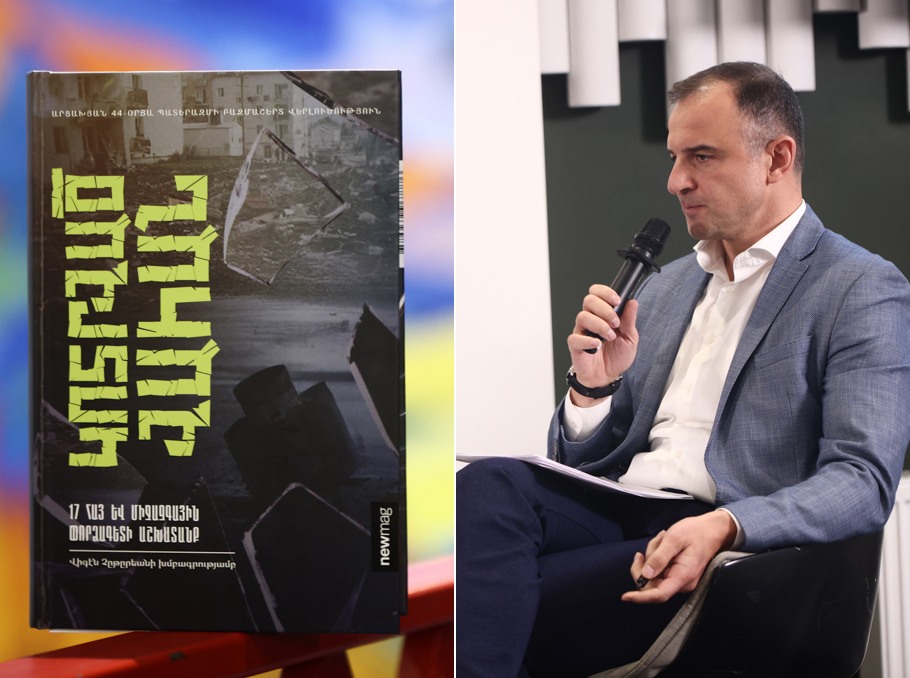
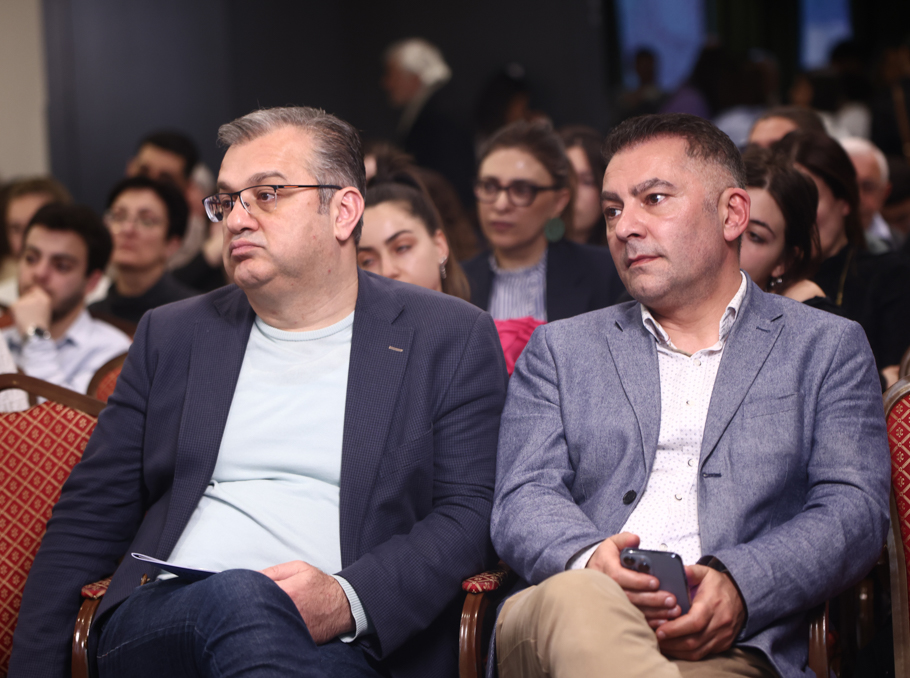
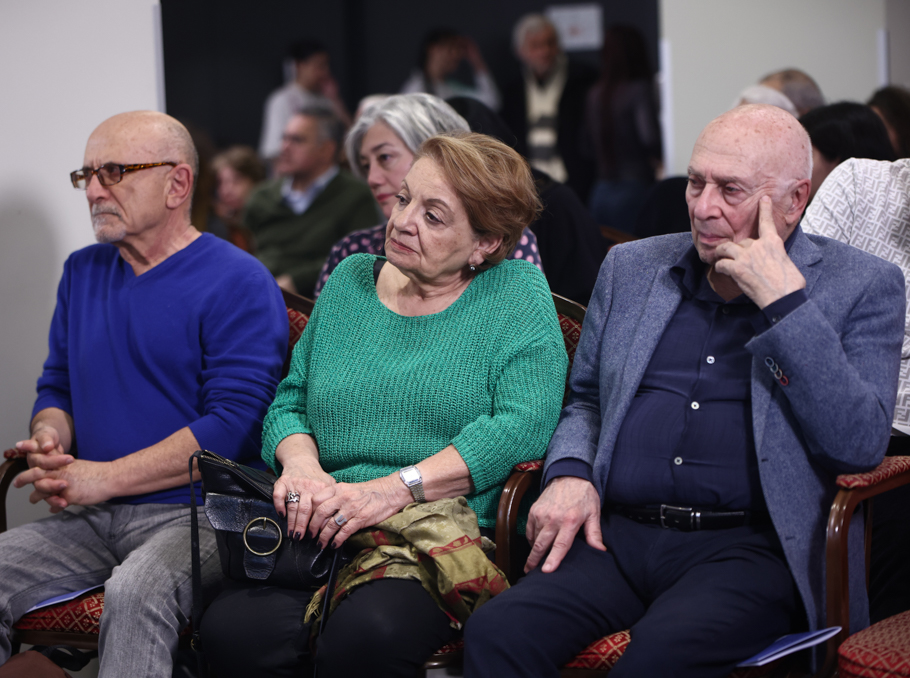
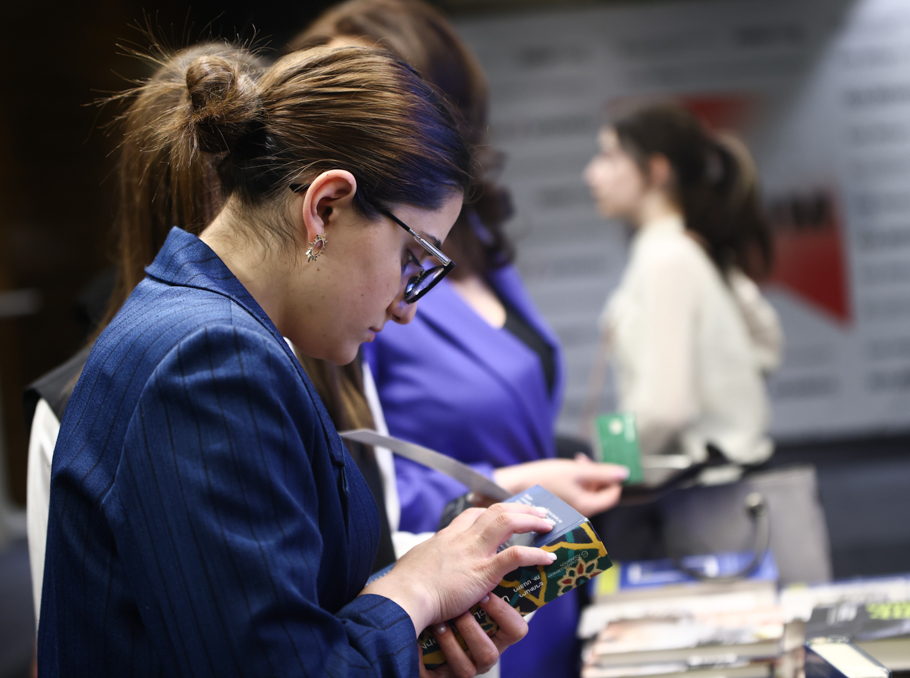
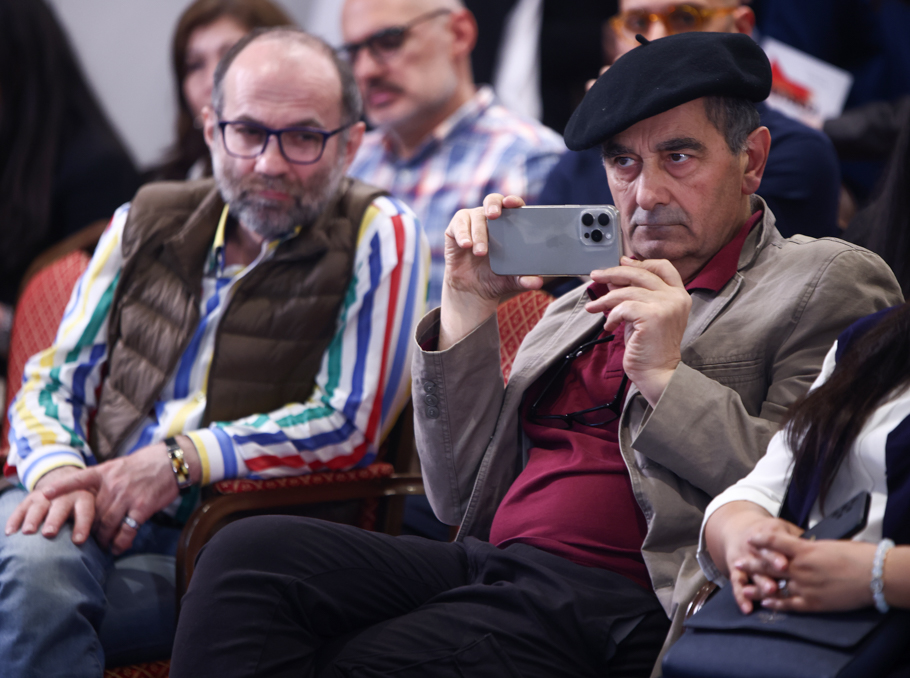



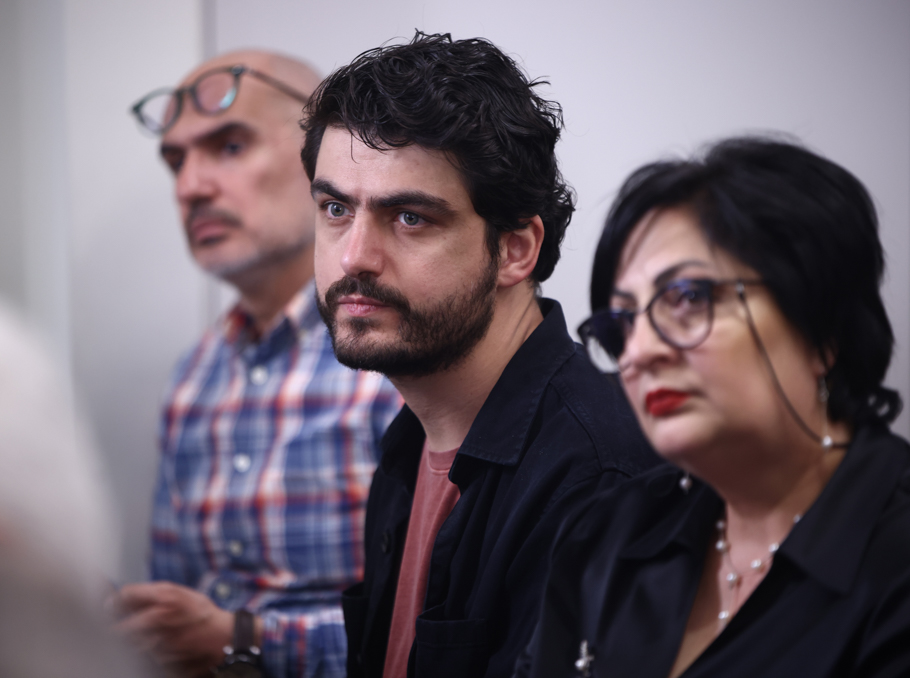

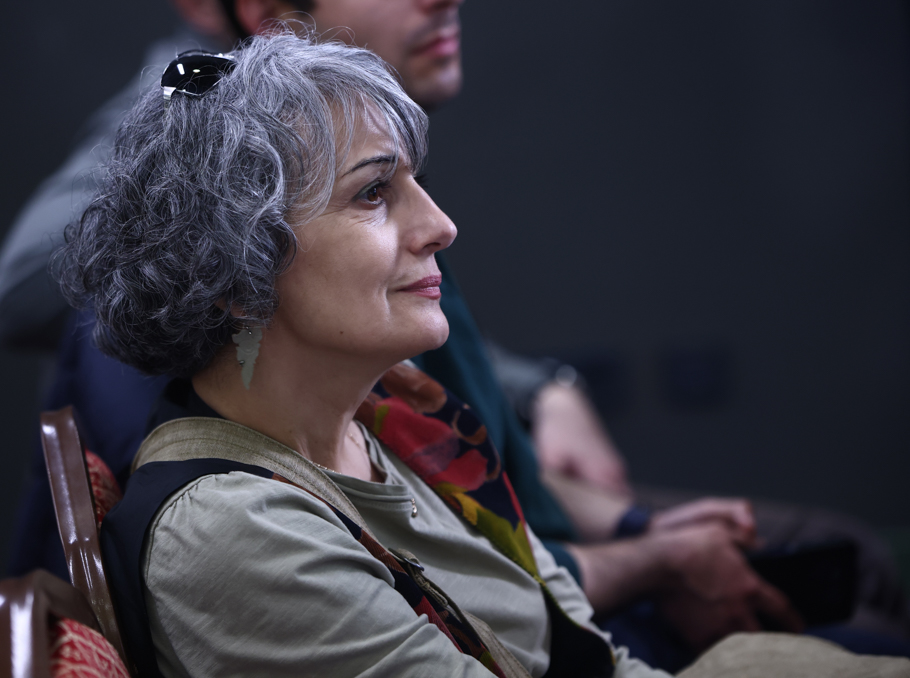
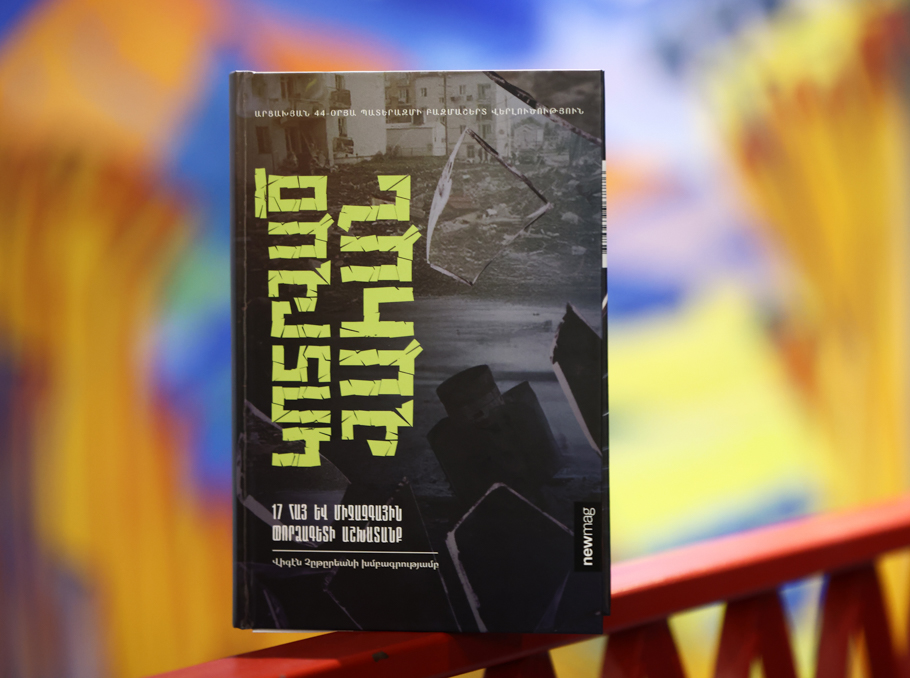
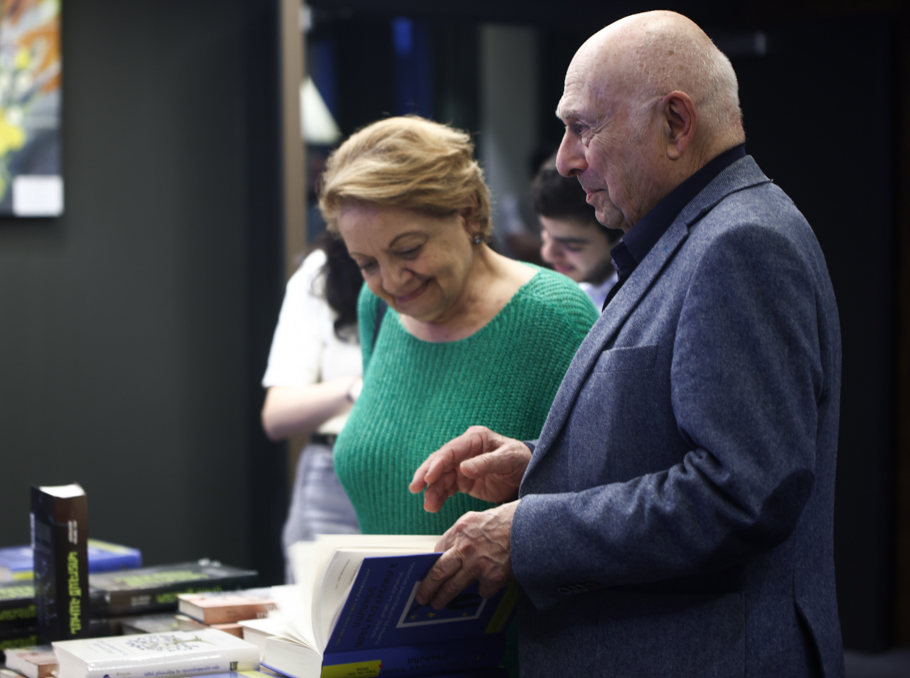
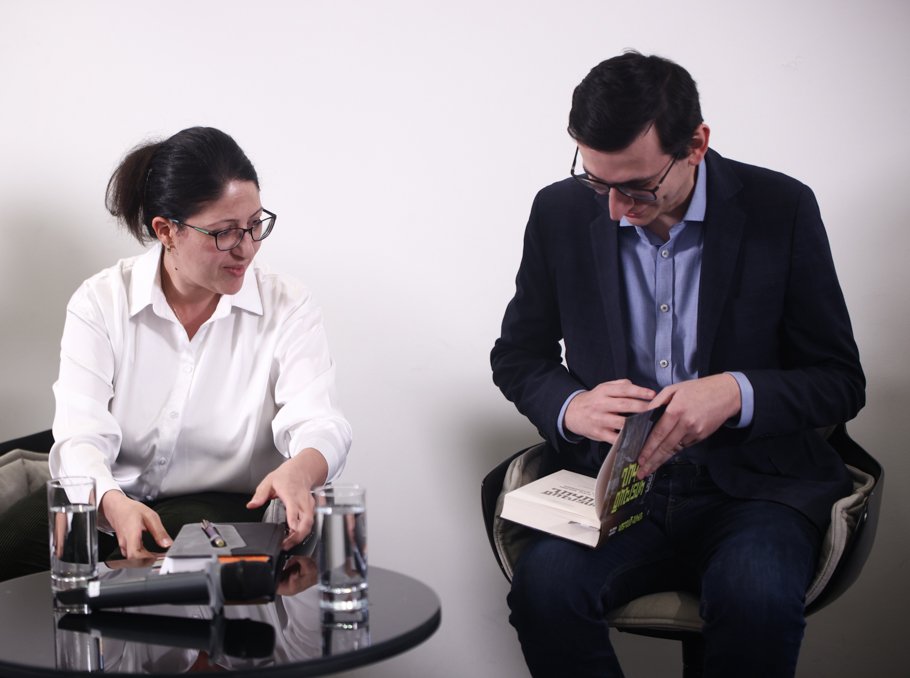
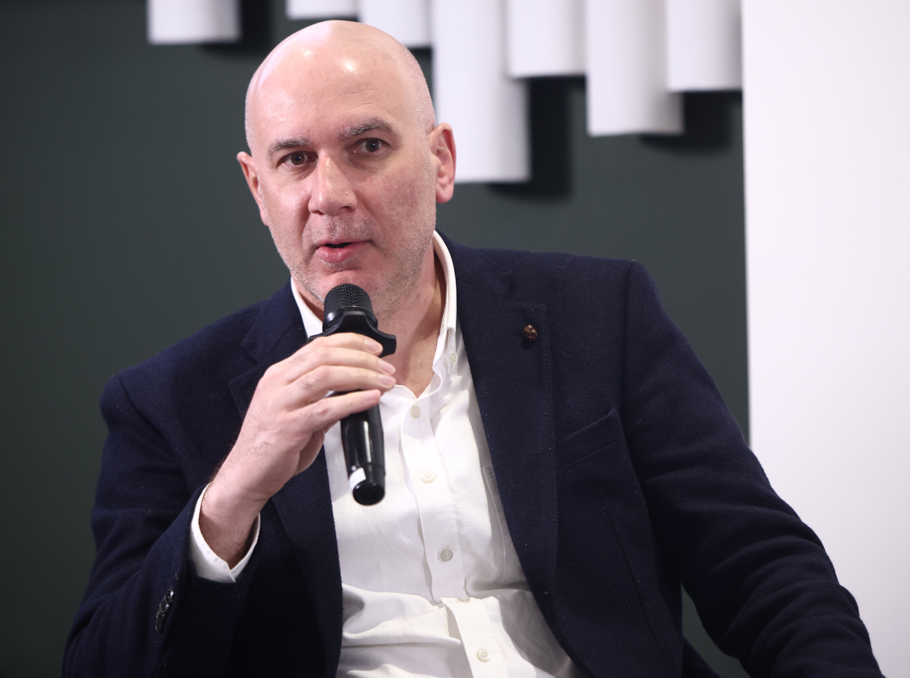
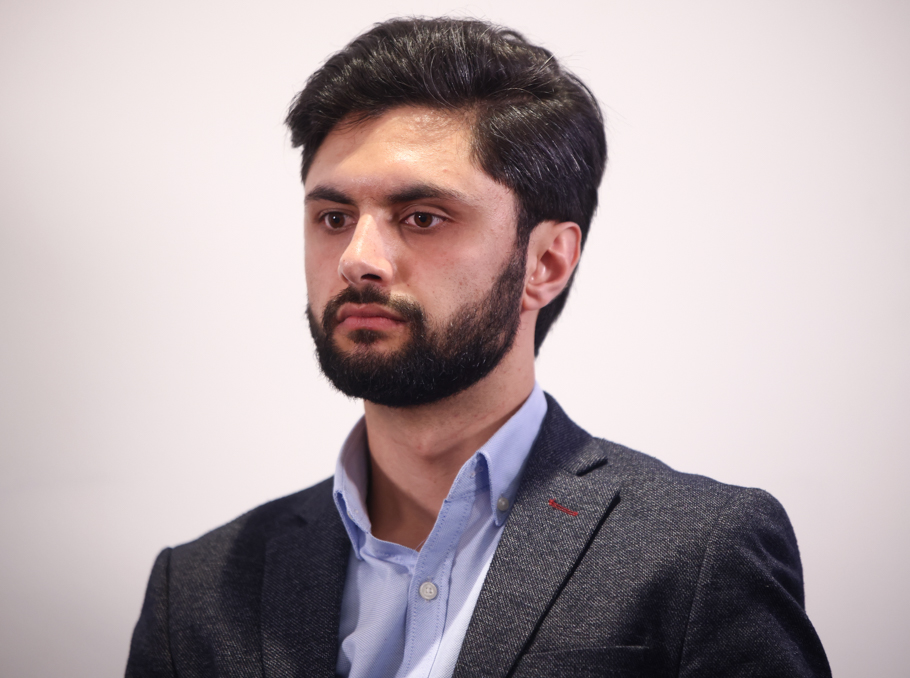







Comments
Dear visitors, You can place your opinion on the material using your Facebook account. Please, be polite and follow our simple rules: you are not allowed to make off - topic comments, place advertisements, use abusive and filthy language. The editorial staff reserves the right to moderate and delete comments in case of breach of the rules.